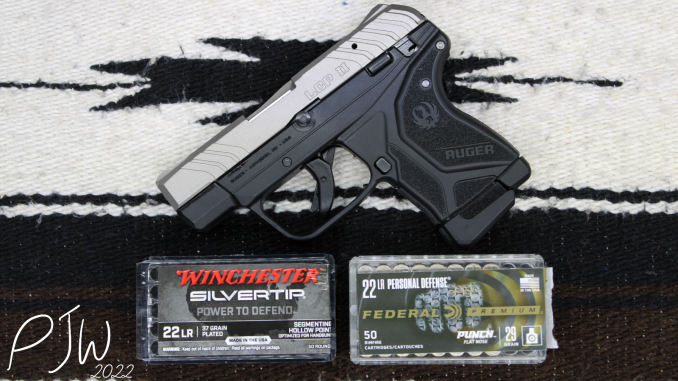
I've been doing a lot of .22 LR ammo testing lately. I'm working on a series on pocket back up guns (BUG)s, which means trying out a lot of ammo. In doing this, I've run a lot of the big self defense loads through my testing guns, and ran into a load that absolutely crapped the bed. I wanted to use my experience as a cautionary tale, about why you should test your ammo before you rely upon it to protect yourself.
Reasons For Testing Our Ammo
When it comes to the outline of this editorial, it is focused on ammunition that you may use to personal protection. I preface this, as many range ammos will have varying consistency and quality. If you buy bulk .22 LR, you are probably less stringent on its reliability and consistency than you would be if you were buying match grade 5.56.
There are a multitude of reasons to test out our ammo:
- Confirm general ammo reliability
- Test reliability in a specific firearm
- Confirm ammo consistency (velocity, recoil)
- Learn point of aim/point of impact
With ammunition, it tends to be fairly consistent, at least from production lot to lot. However, there are so many compounding factors that can make an otherwise good ammo perform poorly. Choice of firearm, shooting conditions, condition of the firearm all play a part, but we still have to test our ammo before we decide to carry it.
Testing Reliability
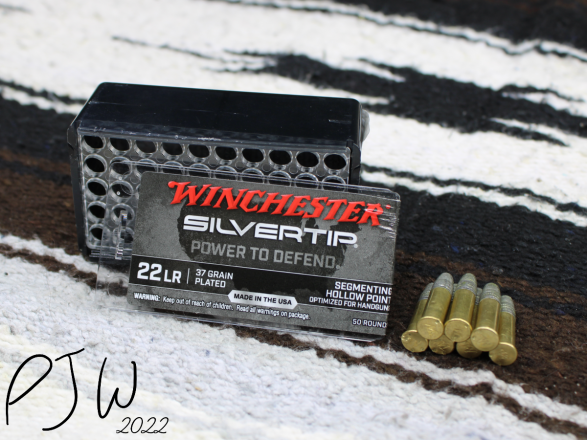
Testing the reliability of your ammo, and the reliability in your carry gun are both key. When we test out a potential carry ammo, it needs to reliably feed, ignite, extract, and do the process again. Not only do we want to make sure that the ammo is reliable, but we need it to be reliable in our specific gun. Some ammo may be generally reliable, but might not work in a specific gun. An example I can provide is the KelTec P17 that I reviewed, which was unreliable with a range of ammo. Choosing an ammunition that is known to be reliable is a good start, but you've got to make sure that it does work in your specific gun.
Recently, I was testing Winchester Silvertip 37gr in my Ruger Lite Rack LCP 22. I ran into a mess of reliability issues, including 7 failures to detonate. My immediate reaction was to change firearms, so I tested the ammo with a Taurus TX22. I then tested both new and some of the same rounds that did not fire, and ran into the same results.

With this anecdote, it goes to show that sometimes the issue is with the payload, not the gun. I had heard positive things about that specific Winchester load, but found it to both be unreliable in my guns, and unreliable in general. No primer compound in 14% of the rounds is a really big issue, and I'm glad I found out before I needed to rely on the ammunition.
Now lets say that we have found an ammunition that is both reliable, and reliable in our specific gun. What do we test from there?
Consistency
Quality ammo is generally consistent. The "consistency goals" we are looking for is with accuracy, powder load, and bullet design. We need our ammunition to have nearly identical recoil impulse, impact location, and bullet casting, which are the practical parts of the consistent goals. If the ammo does not have repeat performance each time we need to use it, it is not good.
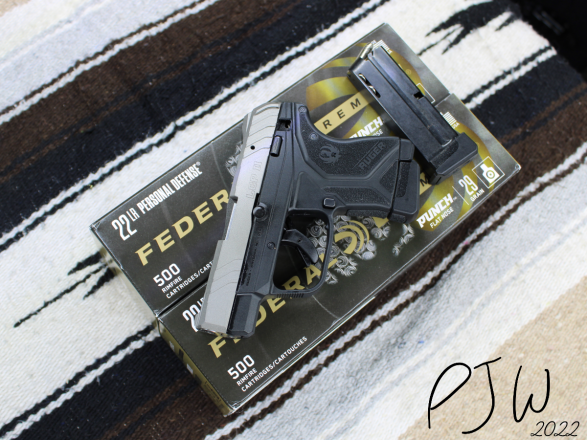
With many of the "good" self defense ammos, they are more consistent than the average range trash that we shoot. Federal HSTs and Speer Gold Dots are among the best self defense loads, and that is due to how consistent the ammo is. Solid bullet designs and a lot of research going into the design help too, but the consistency and quality control are key. In regards to ammo that is usually less consistent, .22LR loads are often all over the place. In testing modern .22LR loads, I've been pleasantly surprised and found some that are actually very consistent. CCI Mini-Mags and Stingers have been known to be consistent (for .22LR), but the newer Federal Punch has been even better. I've found the load to be reliable and consistent, even for the bulk nature of .22LR. However, none of that matters if the ammo does not hit where you aim.
Point of Aim & Point of Impact
If we've gotten a load that is reliable and consistent, now we've just got to make sure it shoots to matching point of aim (POA) and point of impact (POI). This is much less of an issue on guns with optics, as you can zero your optic to match the ammo. However, for guns with iron sights, especially non-adjustable irons, you've got to find the right load for your gun.
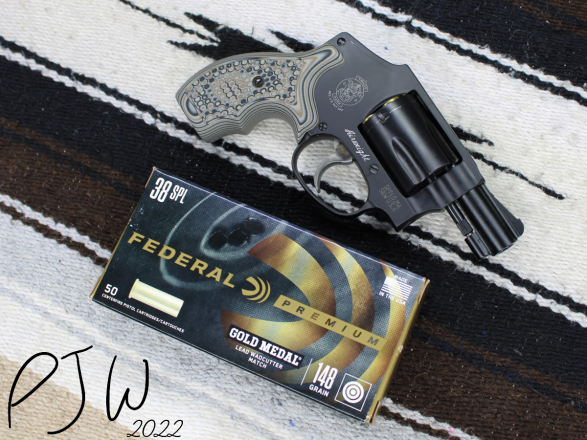
Small revolvers are notoriously picky, when it comes to POA/POI shift. I've found a lot of the more modern self defense loads shoot really poorly out of J-Frames, and it makes a degree of sense. A lot of the S&W fixed sight revolver designs were made when the most common loads were heavy grain, slow moving loadings. I recently shot some reliable, consistent modern bullet Hornady loads through my J-Frame, and the POA/POI shift was horrid. My rounds landed about 6 inches high at 10 yards. The bullet design on that specific loading was a modern pointed one, and was much lighter than what the gun was designed for. What do we do then? We have to find the right load for the gun. For my 442, the right load is a heavy wadcutter. For your J-Frame, it might be something else.
Conclusion
Broken record time, but you've really gotta test your ammo. We rely on guns for protection, and half of that plan involves the ammo. You absolutely need to vet your ammo before you rely on it. Make sure it is reliable, consistent, and actually hits where you aim. A self defense shooting might be the worst part of your life, and you don't want bad ammo making it any worse.



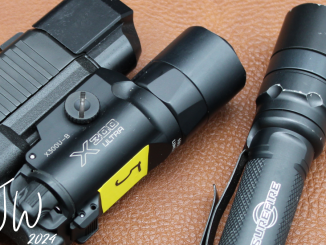
Be the first to comment